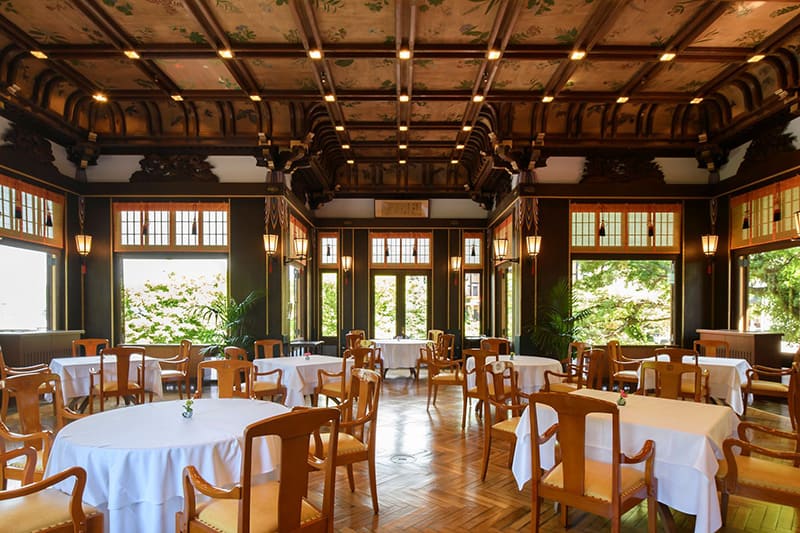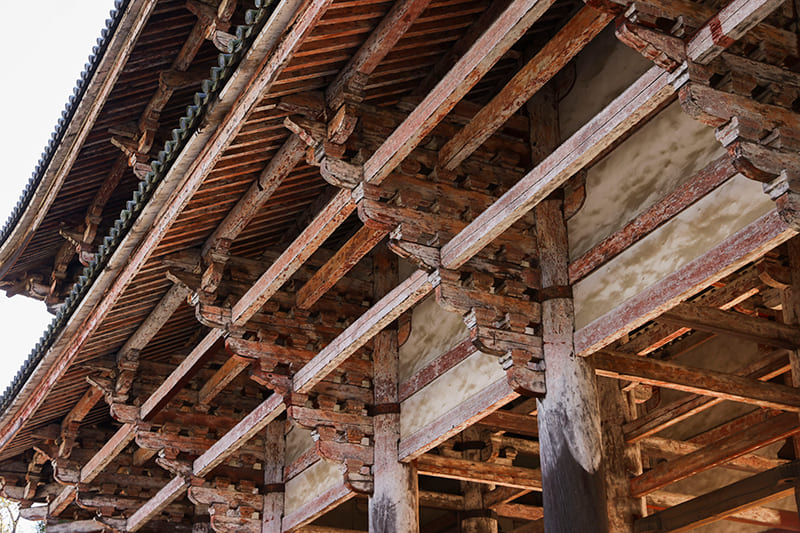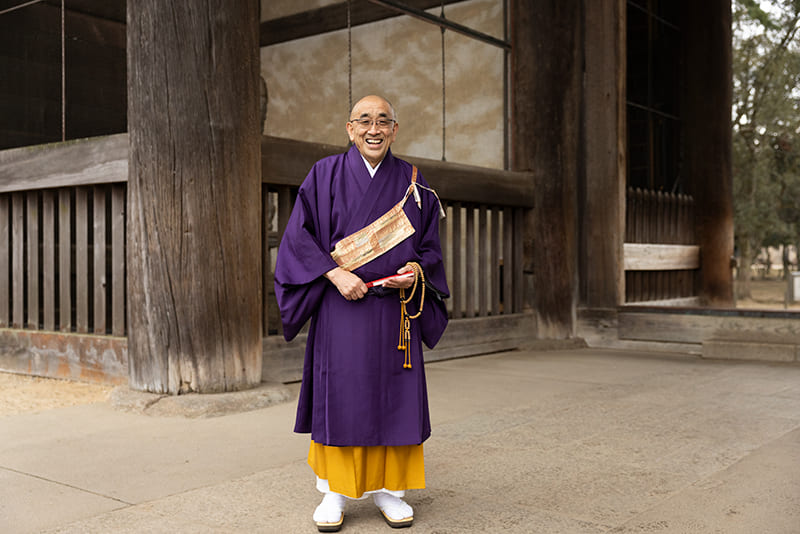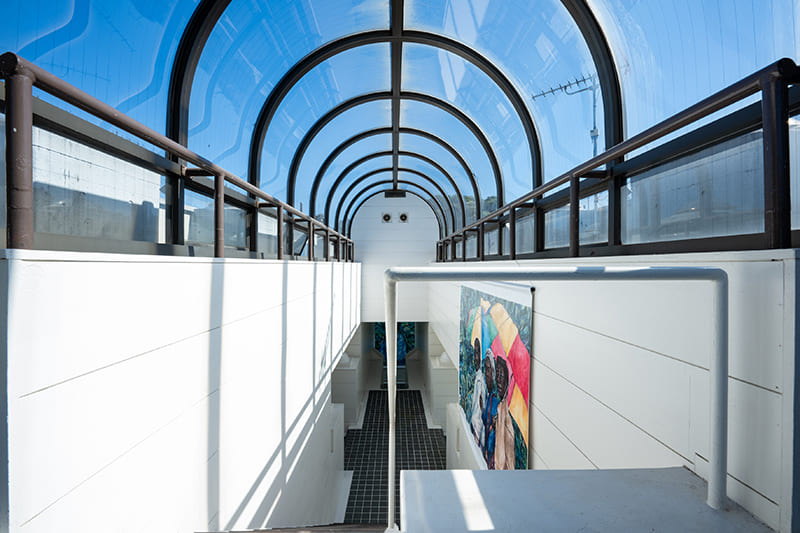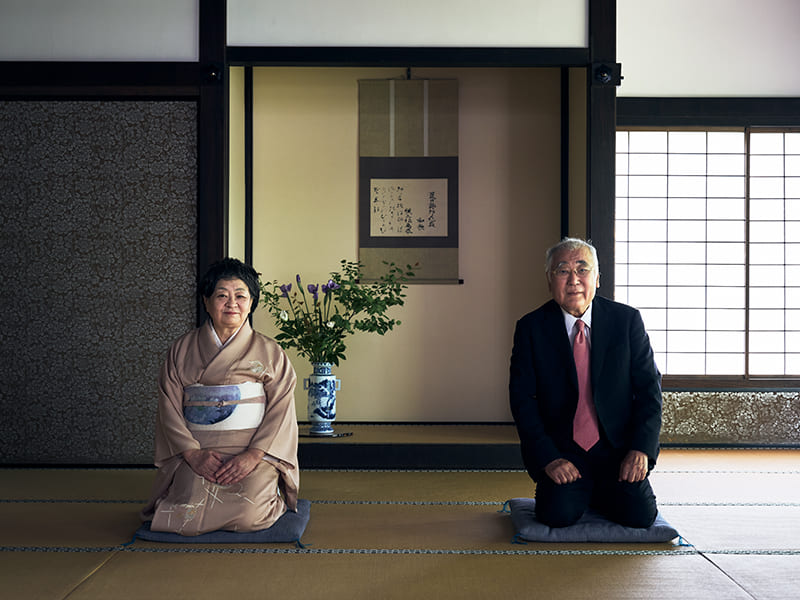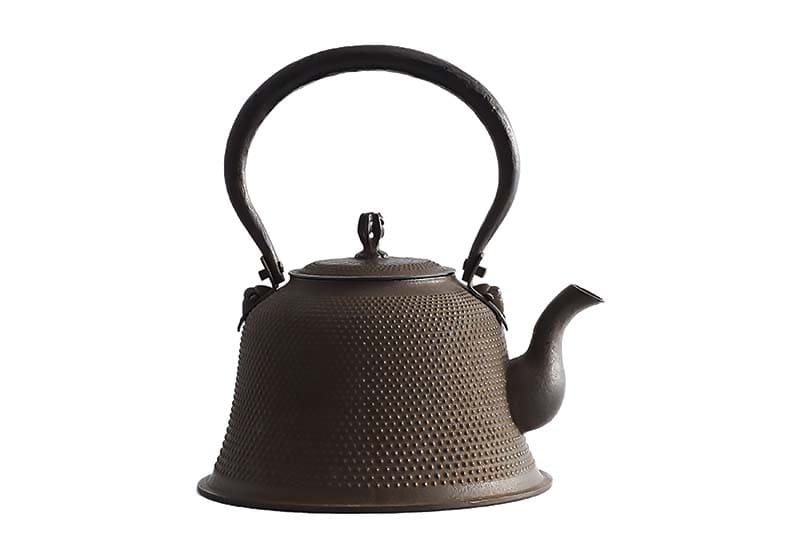April 26, 2024
Cultural properties you can stay at are a select few
GENERAL INFO
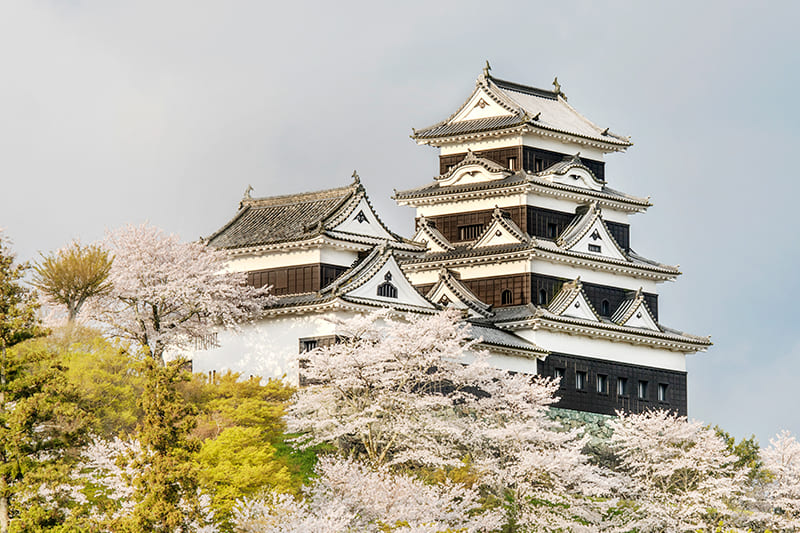
© VMG HOTELS & UNIQUE VENUES
Next time you take a trip, why not make it one that goes back in time, by staying at a designated cultural property? There are several types of cultural properties, so let’s start by briefly reviewing Japan’s cultural property system.
For buildings, the most important criterion is that they need to be at least 50 years old. Top cultural properties are designated as Important Cultural Properties, and the best of the best are designated as National Treasures. By designating a building as a cultural property, the government takes on responsibility for its preservation, repair and improvement — particularly for strengthening it against disasters.
However, Japan’s period of high economic growth after World War II saw rapid urbanization that led to the demolition of many important buildings from the post-Edo modern era across the country. The designation process, which was time-consuming and stringently governed at the national level, simply could not keep up with the speed at which buildings were being lost. Something needed to be done.
And so in 1996 the Cultural Properties Protection Law was revised, adding a registration system in addition to the designation system. The system focuses on providing valuable buildings broader protection under looser regulations. A building’s owner can submit a notification to the Agency for Cultural Affairs for it to be recognized as a Registered Tangible Cultural Property following an examination. Loose protection measures must then be taken based on government guidance and advice. This system complements the more rigorous designation system, which gives important items stronger and more generous protections.
Currently 13,000 buildings are Registered Tangible Cultural Properties, and visitors can stay at about 100 of them. Providing opportunities to step back in time, they are worth seeking out.
宿泊できる文化財と、それを支える制度について。
日本では50年を経過した建物が文化財選定の対象となる。そのうち重要なものを「重要文化財」、さらにその中から価値の高いものを「国宝」に指定し保護している。ただ、日本では戦後の高度成長期時代、急激な都市化により、日本全国で近代以降(19世紀~)の建造物が次々と取り壊されていった。このことから重要なものを厳選して指定する制度のみでは、特に近代建築が失われていくスピードに指定が追いつかず、対応を迫られていた。
その対策として1996年に文化財保護法が改正され、従来の文化財「指定」制度に加えて「登録」制度、「登録有形文化財」が創設された。建物の所有者が国に届出を行い、審査の後に文化財として登録され、国の指導・助言などを基本とする緩やかな保護措置が取られるのだ。
登録有形文化財には、2024年4月現在、約1万3000件の建造物が登録されているが、そのうち約100件ほどには実際に宿泊することができる。
そこに実際に泊まってみて、文化財の空間と、そこで過ごす時間を、ぜひ体験して欲しい。
Return to Sustainable Japan Magazine Vol. 35 article list page

